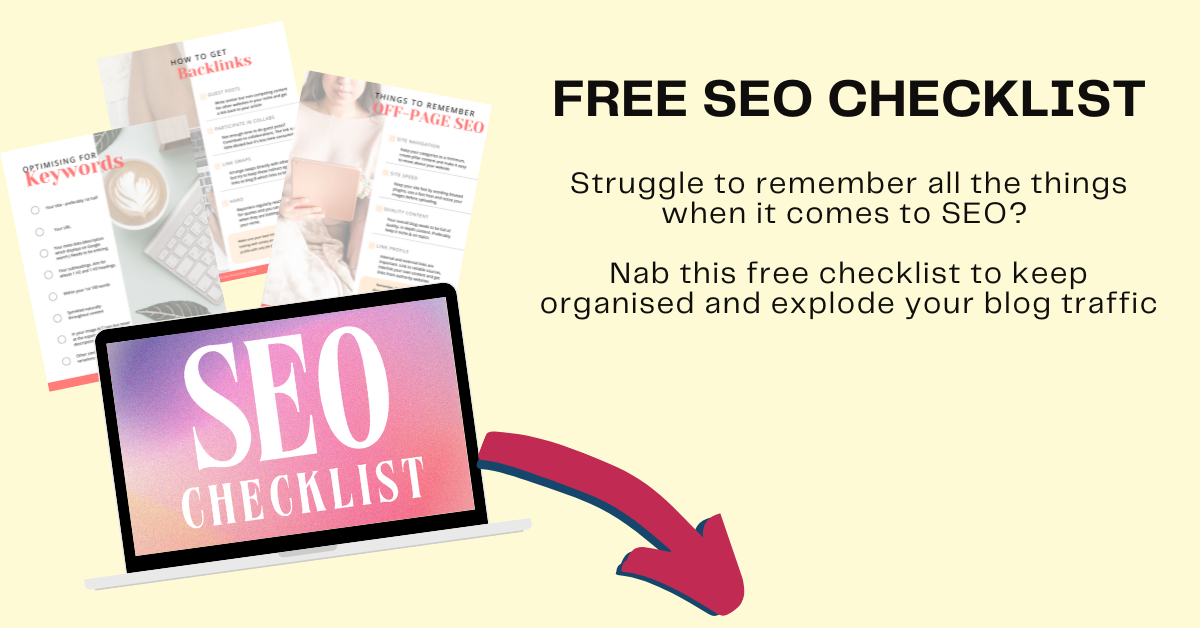One of the big problems facing businesses is the struggle to be heard in a crowded marketplace. There’s a medium out there that excels at this, and it’s called podcasting. Let’s see if it would work for you:
What is it?
Podcasting is just one aspect of content marketing, which includes blogs, social media and video. The power of podcast is that it has the ability to generate huge amounts of trust and attention in a very short space of time.
Podcasting has all of the advantages of talk radio, adding to it the drivers of on-demand listening and subscription. Because the vast majority of podcasts are audio only you can listen in your otherwise wasted time: driving, ironing, mowing the lawn, cooking dinner.
Video struggles to retain viewers beyond five minutes, and blog readers skim articles as quickly as possible. Many of the most popular podcasts on the web, however, run for an hour or more. In this time listeners are getting to know you, like you, and, importantly, trust you. This is the power of podcasting: nurturing that tribe of trusting, loyal fans.
How do you get started?
Many people get lost in a maze of shiny microphones and technology platforms, but the key in the early days is to make it simple. After all, the best way to grow an audience is with engaging content, delivered on a regular basis.
Regularity is easy as long as recording is easy, so keep your equipment as simple as possible. If you record regularly, concentrating on style, you’ll get good fast. You don’t need much. Find yourself a good USB desk microphone or a quality headset microphone and download either GarageBand or Audacity for recording and editing.
What should you talk about?
If you already sell a product or service there are people out there that are interested in your topic. For example, if you are a personal trainer you could offer nutrition and training tips each week, or if you are a vet could you speak about pet care. Others topics may require more of a sideways jump, such as the luggage company that talks about travel, or the car insurance company that covers motorsports.
The key is to know your ideal customer and to offer content that appeals directly to him and her. It shouldn’t revolve around your products, but around their questions and desires. Once you have this information to hand, episode ideas will flow.
If you’re struggling for inspiration, it’s time to start speaking to customers. Grab the next 10 that walk into your shop, ask them what problems they’re experiencing and how you might be able to help. If you’re online, send out a survey to your email list, or canvas your social following. Ask a few honest questions and you’ll get some useful answers.
Presenting content
First sketch out your episode in bullet points, then hit record and start following through in your normal speaking style. Don’t be tempted to put on a “radio” voice. Instead speak naturally and informally, as if to a friend a few feet away.
If you’re struggling to stay relaxed, some people find it useful to speak to a mirror, or to place a soft toy in your eyeline as a target for your ramblings. It might feel strange at first, but it works.
Promoting your podcast
The last step is publishing: releasing your message into the wild. The platform doesn’t really matter. You can create a WordPress podcasting website with the PowerPress plugin, or outsource the whole system to an expert like BluBrry. The key component is iTunes, however, being the biggest podcasting directory by far. Submission is carried out through an iTunes form and is entirely free.










